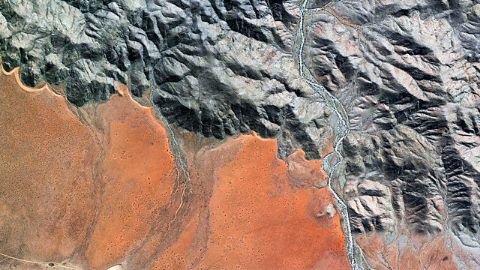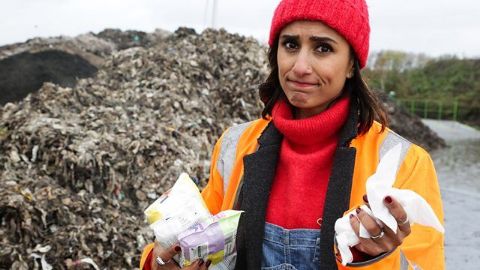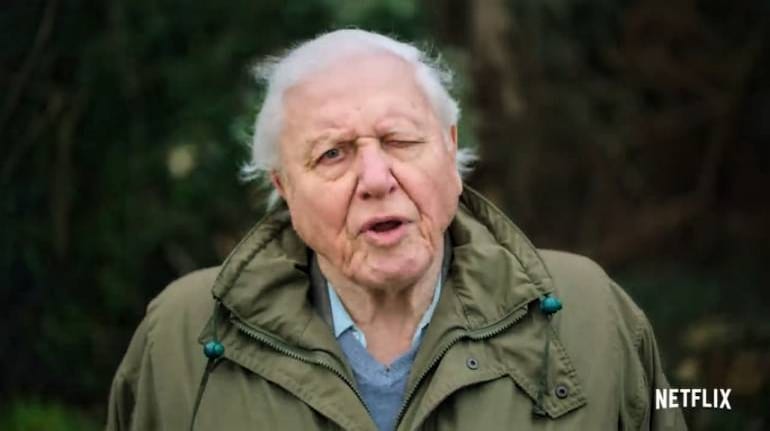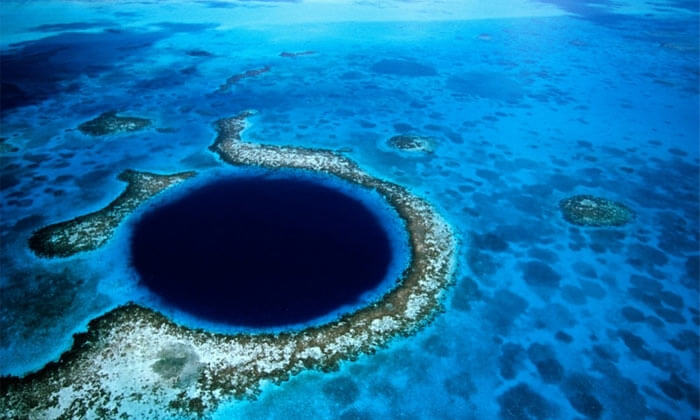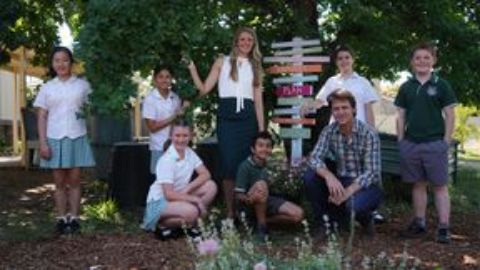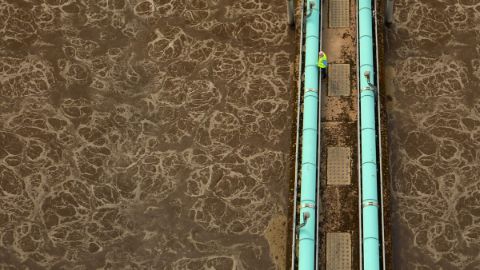Sonic Sea • 2016
Sonic Sea is a documentary about the devastating impact of industrial and military ocean noise on whales and other marine life. The film begins with a mystery: the unexplained stranding and mass mortality of several species of whales in the Bahamas in March 2000. As the mystery unfolds, the film explores the critical role of sound in the sea, and the sudden, dramatic changes human activity is inflicting on the ocean's delicate acoustic habitat -- changes that threaten the ability of whales and other marine animals to prosper, to function, and ultimately, to survive. Sonic Sea features several charismatic scientists, including Ken Balcomb, the former Navy pilot and acoustics expert who proved to the world that naval sonar is killing whales, as well as the musician and environmental activist, Sting, whose moving interview connects the sonic world of marine life with our sonic world on land. The film offers solutions (and, by extension, hope) for a quieter ocean, and underscores that the ocean's destiny is inextricably bound with our own.
Make a donation
Buy a brother a hot coffee? Or a cold beer?
Hope you're finding these documentaries fascinating and eye-opening. It's just me, working hard behind the scenes to bring you this enriching content.
Running and maintaining a website like this takes time and resources. That's why I'm reaching out to you. If you appreciate what I do and would like to support my efforts, would you consider "buying me a coffee"?
Donation addresses
BTC: bc1q8ldskxh4x9qnddhcrgcun8rtvddeldm2a07r2v
ETH: 0x5CCAAA1afc5c5D814129d99277dDb5A979672116
With your donation through , you can show your appreciation and help me keep this project going. Every contribution, no matter how small, makes a significant impact. It goes directly towards covering server costs.
